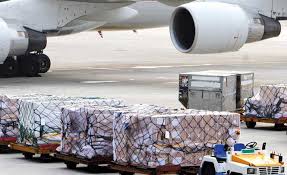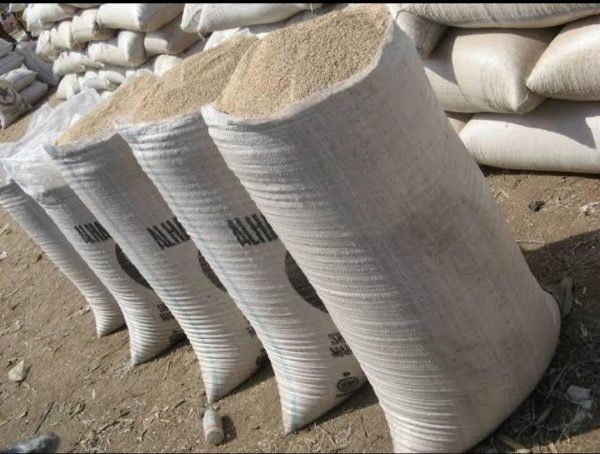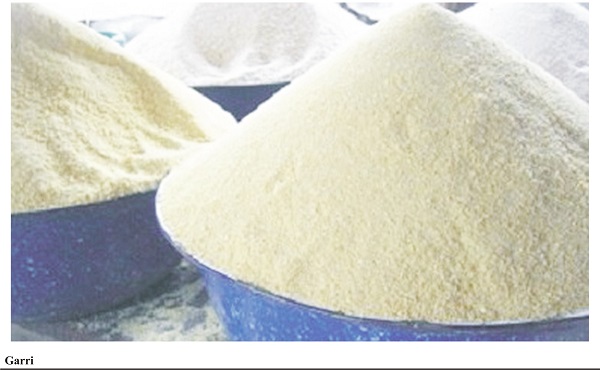SHIPPERS GUIDE
How To Save Air Freight Cost With Right Packaging Solution
As air shipping becomes more affordable and more widely available, many companies have turned to it as a fast and reliable option. Air shipment can move your products much more quickly than land or sea freight, but there are some things you must take into account. One of these factors is how your products are prepared for shipment. If you can optimize your packaging and containers, you’ll be able to save money, ship more products at once, and better protect your products from damage.
General Aspects of Air Shipment
Air shipment does have a number of advantages over other modes of transportation, but it of course has some disadvantages, too. Like anything, the balance of the pros and cons is entirely dependent on the situation at hand. In many cases, it is important to take the time to compare the costs, time, and other factors that differ between land, sea, and air transportation. While in some cases, such as rush orders, air shipment may be the only option, there are other cases where one of the other methods would be the most cost-effective.
Advantages and Disadvantages of Air Freight
The biggest advantage of shipping your products via air freight is that it is extremely fast. In many cases, your products will arrive at their destination within a couple of days, especially if you pay for expedited shipping. This is often needed if you are shipping goods that have a very limited shelf life. In some cases, air freight may be your only option; it allows you to ship products to areas that are not easily accessible to land or sea transportation.
Cost-wise, there are also some advantages to shipping via air. There are a number of cost breaks available. Because products are handled with greater care, you may be able to make reductions in packaging spend. This also lowers the cost of insuring your products. Your administrative costs will be lower, too, since you would be using an Air waybill. Your overall working capital that is invested in the products may also be less, too, depending on what payment method you are using.
Of course, there are some downsides to air shipping. Even with the cost reductions, shipping via air is usually the most expensive option. After factoring in the smaller amount of packaging, you may find that you still would pay much less for land or sea freight.
Availability is another factor. While there are some areas that are only accessible by air, there are others that do not have a proper airfield. In these cases, you may have to have your products delivered to the nearest airport and then arrange land transportation from there, adding an additional step and costs to your transportation.
What to Consider in terms of Packaging Design
Air freight needs to be as light as possible. In most cases, your cost is determined by how much the pallet or container weighs
Almost all products that are shipped by air are placed in containers, or stacked on pallets, and then wrapped to secure them. There are a variety of different sizes available, but there are two main rules you need to keep in mind. The first is that containers that cannot fit on shelving (i.e., those that are freestanding) should not be any taller than 1600 millimeters. This keeps them around the same height as standard air freight, which makes it easier to secure all of the packaging. The second thing to keep in mind is that air freight needs to be as light as possible. In most cases, your cost is determined by how much the pallet or container weighs. The heavier it is, the higher your shipment costs.
How Air Freight Works
When your goods are delivered to an airport, they will be measured and weighed. The measurements will be used to determine the package’s overall volume. If the package weighs less than a kilogram, these measurements are discarded and you will be charged the minimum rate of one kilogram for shipping.
If the package weighs more than one kilogram, then the International Air Transport Association (IATA) formula will be used. The total volume will be divided by the preset IATA coefficient to determine the volumetric weight. This weight is then compared to the overall volume. Whichever of these two numbers is larger determines the rate you will be charged.
You will also be charged an air cargo tariff for shipping. These tariffs are split into five different categories. The first is a general rate that applies to normal packages. For small packages, you will be charged the minimum tariff even if the package weighs less than 45 kilograms. In other cases, the weight will be divided and you will pay the tariff multiple times depending on overall weight and other factors.
There are specific tariffs for certain commodities (Commodity Classification Rates). Other special rates include Specific Commodity Rates, Unit Load Device rates, and Contract Rates. These four types of tariffs vary from country to country and by a number of other factors, so you will want to make certain you understand what tariffs you will be paying before you ship by air.
Shipping via air? Here is how to optimize air freight cost
Air freight can be expensive – most shippers already know this. But business owners who want to keep a lean inventory with the intention of reducing costs depend on air freight (instead of ocean) to move their products in a timely, more predictable manner. In fact, 41% of World Trade 100 readers cited the above reason when asked why they switched to airfreight from seafreight. So how can business owners optimize air freight cost?
Although airfreight is generally considered to be an expensive mode of transportation, combining airfreight with a strategic supply chain can result in overall cost reductions. However, air transportation itself can also be optimized to contribute to achieving cost reduction goals.
Several methods to minimize costs can be applied to both airfreight and sea freight. In our previous article, “6 ways to optimize ocean freight cost,” we provide advice about optimizing sea freight cost. Many of these will work with air cargo: consolidating several shipments into a single one, shipping in bulk, providing correct data, and auditing invoices. For more detail on these methods, check out the article itself.
Besides the above, there are several other ways to optimize your air freight cost:
Request all possible delivery times
You may find that freight forwarders provide a quote with only 1 or 2 options for air freight with the fastest delivery times. Request all the possible options: 3-5 days, 5-7 days, etc. This way, you will be able to choose the one that best suits your budget and your timing requirements. Remember to use the fastest services only when you really need the speed. Business owners usually make the mistake of choosing the fastest options when it’s not really necessary.
Ship as much volume as possible
The higher the volume, the lower the rates per kilogram. Rates improve on every level, above 100kg, above 300kg, above 500kg, and so on. Make sure to compare rates with LCL services, because, depending on the origins and destinations, the total cost might be cheaper with LCL once the volume reaches higher levels beyond 500kg.
Use your credit card rewards
Any credit card that offers rewards as miles or cash could be a great payment option. The more you pay with your card, the more rewards you will accumulate to use for future payments.
Combine air and sea freight
Do not stick only to one of the transport modes. Depending on the day your goods need to be delivered, it may be possible to use airfreight for one portion of the journey, and then consolidate the goods in a container for the rest. If done correctly, it’ll be less expensive than solely using airfreight, but much quicker than solely using ocean freight.
Check the trucking costs to your warehouse
Your distribution center’s location will affect the cost of trucking your cargo from the airport. Check the delivery rates and make decisions on transportation efficiency. If a low-cost warehouse adds too many delivery costs, evaluate your warehouse options.
Revise your freight classification
Are you still shipping your goods with a freight class assigned several years ago? If your products or packaging have experienced significant changes, it is possible that the freight class needs to be updated. Freight class have an important influence in shipping rates. Do your research and find out if you can apply for a less expensive product class.






